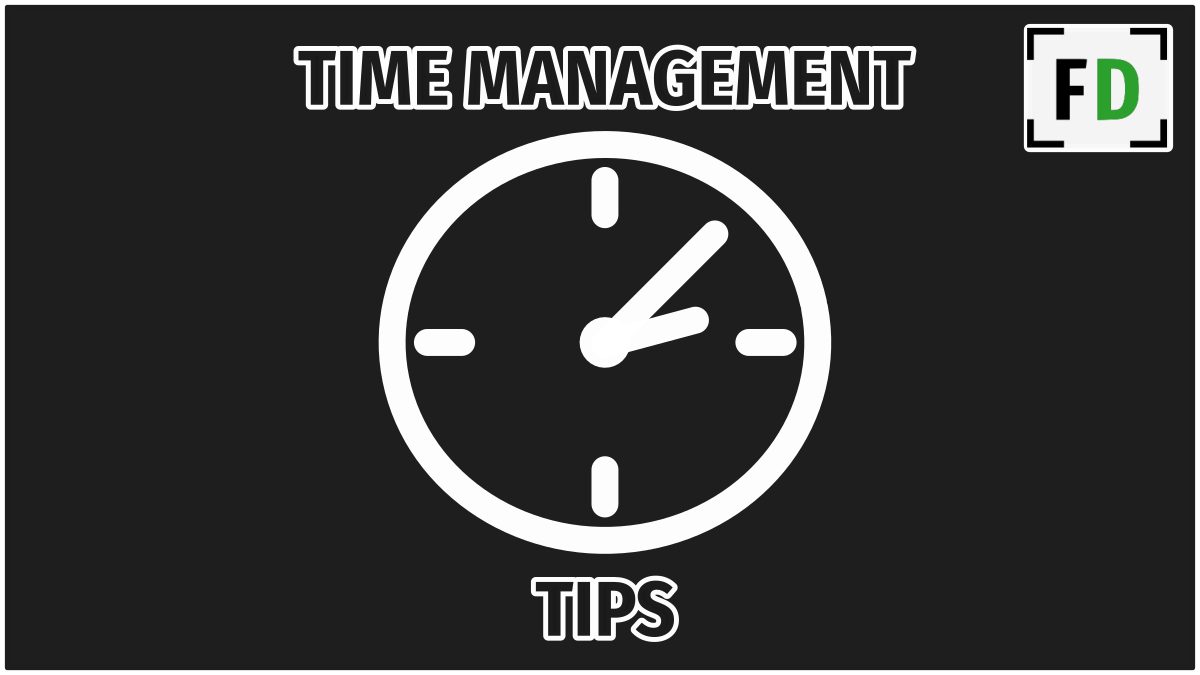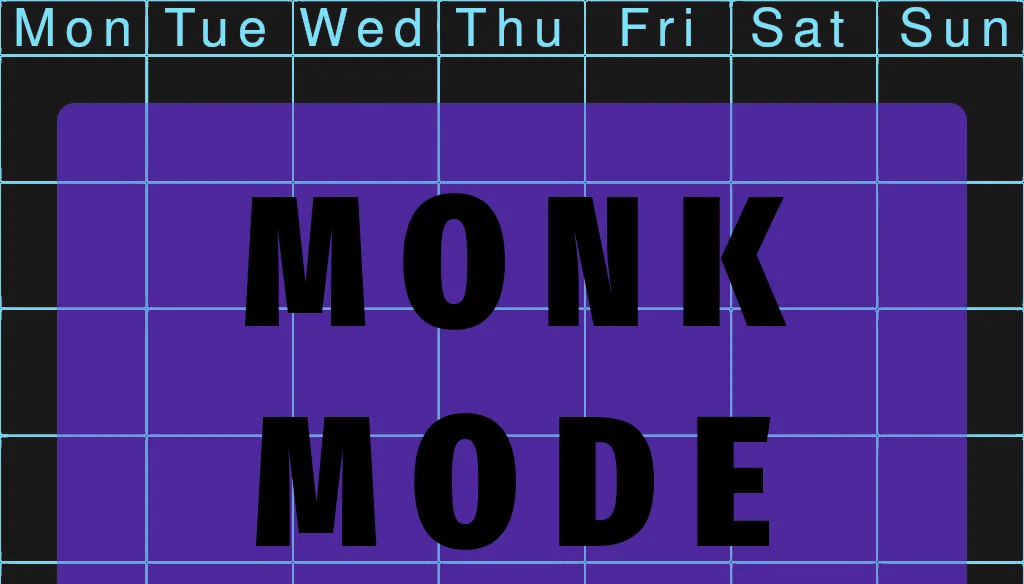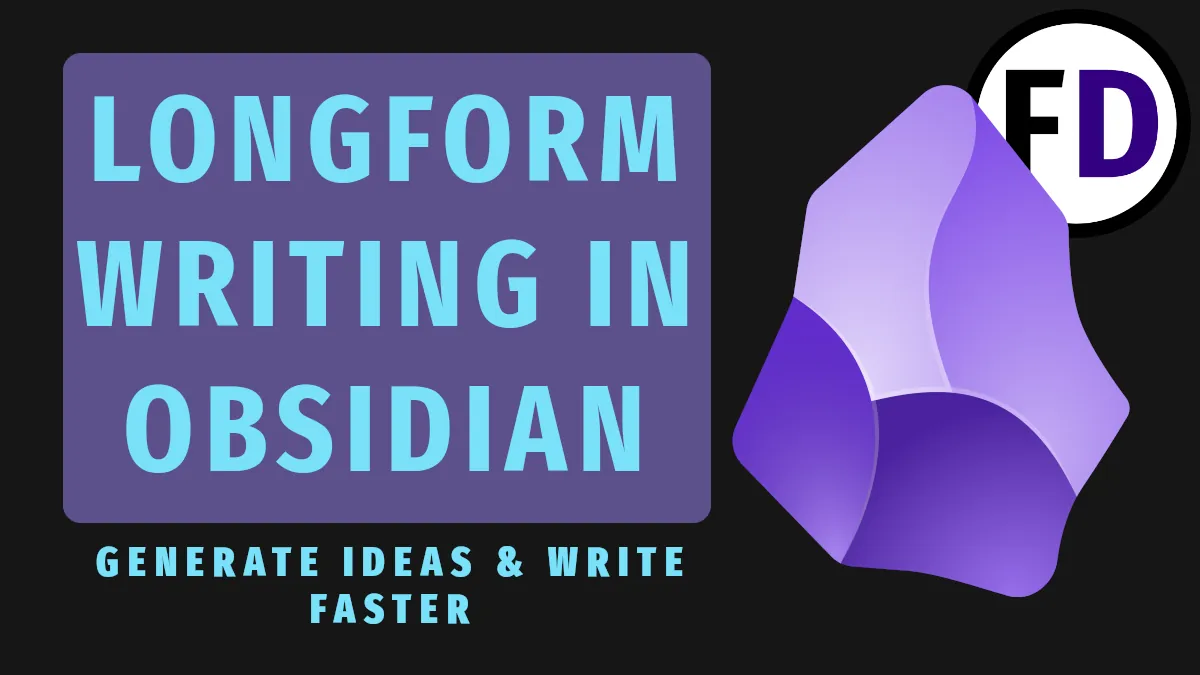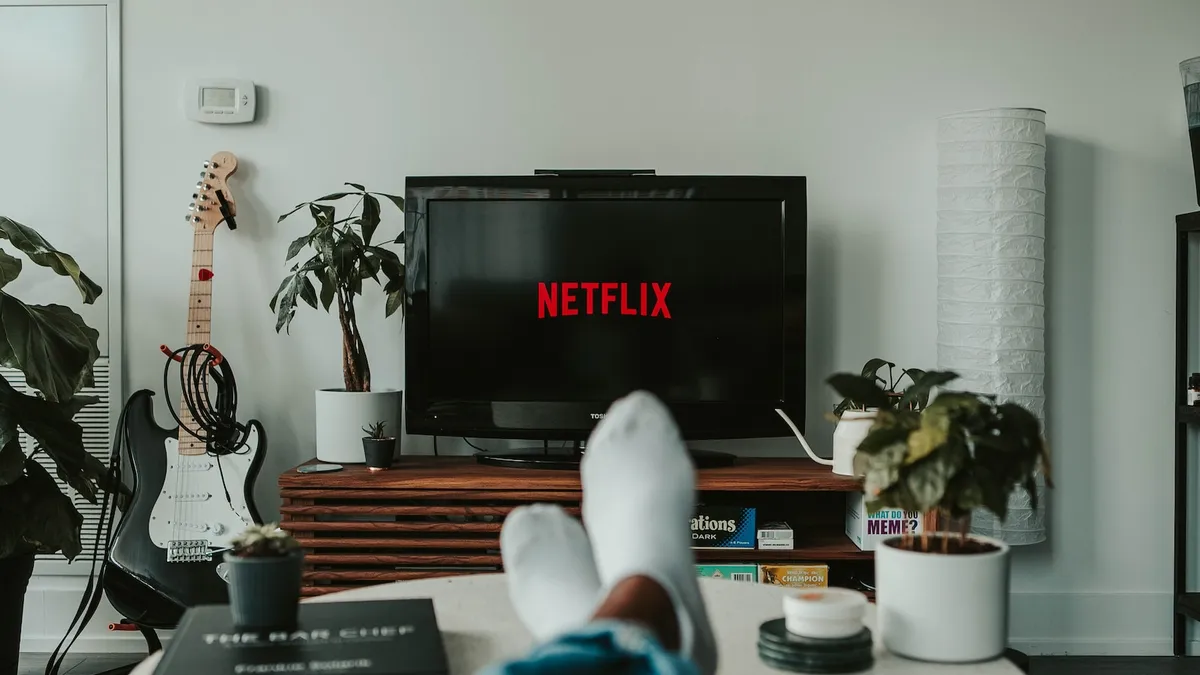Overcoming laziness, sloth, or passive consumption is like facing off against a giant dragon. Every part of you is saying, “No! Turn around and climb back onto the couch.” But facing a dragon can be easy—if you arrive when he’s asleep. Similarly, timing is the key to get more done.
Timing your habits can give you the results of hours of effortless productivity.
This article is the fourth in a series, How to Get More Done. Each post covers a different aspect of becoming the most productive version of yourself.
Consider your first task each day carefully.
Not all time is created equal. But, whether you’re a morning person or not, there’s something magical about the first few hours after you wake up each morning.
Your mind is fresh, stress levels are low, and your potential is high. You could do anything with a full day ahead of you, and you’ve got the wherewithal to do it.
You read Twitter, which leads you to the news, and soon enough, you have a little weight of stress on your shoulders. So you drive into work, sit at your desk, and start checking email, ensuring nothing is on fire.
If this were a video game, your mental energy level would look something like this:
New Day. Mental Energy: 100
Twitter -5
News -10
Traffic -10
Email -15
You haven’t done anything yet, and you’re down 40%! You trudge your way through a couple of tasks that morning, and by lunchtime, you’re toast.
If it sounds like I’m narrating every day of your life right now, you’re not alone; this was my life too.
Eat the Frog
You may have heard Brain Tracey’s saying—originally penned by Mark Twain—that we should eat a frog first thing in the morning.
If you’ve already read the first three posts in this series and you’ve decided that you want to work on the tasks and projects that matter most to you. You’ve may have carved out a couple of hours each evening to work but completing the most straightforward tasks seems like a struggle.
The problem isn’t motivation; you want to do it. It isn’t clarity; you know what you want to do. The problem is energy, “The spirit is willing, but the flesh is weak.”
The solution: Find time first thing in the morning to do your essential tasks.
- You may need to wake up earlier
- Create a new morning routine
- Push other commitments back
There is always a way. You just have to be willing to take it.
What About the Rest of the Day?
Once you’ve done the most important task for the day, don’t resign yourself to inaction or mediocrity. You can still make solid progress when you’re not at 100%. But you need to choose appropriate tasks.
If you look down your task list on any given day, you’ll find items that require no mental energy at all “Take the dog for a walk” or “Order a new phone case.” But, of course, this is only possible if you’ve gathered all your tasks.
After walking the dog, the mental break and light physical exercise put you back in the mindset to get some more mentally taxing work done.
Alternating the types of tasks, you do throughout the day may seem like an extra chore you don’t want. But that second wind of productivity gives you an extra two hours of work you might never get done otherwise.
There are two approaches you can take to this. One is to label or tag your tasks with the type of energy they require—David Allen suggests this in “Making it All Work.”
- Logic/Mental focus (e.g., writing)
- Creative (e.g., photography)
- Manual Strenuous (e.g., workout)
- Manual focus (e.g., carpentry)
- Brain dead/Low energy (e.g., cleaning)
Then you can match the task to the type of energy you have at the time.
The second approach is to schedule your day in the morning, ensuring not to put tasks that require similar energy next to each other. You don’t need to tag your tasks in this case, the type of energy a task needs should be obvious.
I’ve used both approaches over the years, but the second method works better simply because it reduces my need to categorize every task I add to my list. In my book, anything that reduces the friction of using my productivity tools is good.
Plan When You’re Fresh
Planning shouldn’t take more than a few minutes and won’t sap your energy levels much, but I do it in the morning because whenever I try making decisions after a long day, I always end up putting it off.
Making decisions becomes more challenging when you’re stressed or have low energy. We’ve all experienced not knowing what to make for dinner after a hard day. And if you want to make the best decisions—to have the best day possible—you’ll want to plan when you’re fresh.
Process When You’re Toast
Processing is taking your captures and turning them into actionable tasks. Akin to data input, you don’t want to waste your fresh energy on any task like processing. Instead, save it for the tasks that need the energy.
A Day in the Life
So what might a day look like if you used this idea? Take a look at this typical schedule.
| Time | Task | Energy Required |
|---|---|---|
| 8.00-9.00 am | Morning Routine (inc. Planning) | Fresh |
| 9.00-11.00 am | Writing | Focus |
| 11-11.30 am | Reading | Relaxed/Low energy |
| 11.30-12.30 pm | Outline | Logical |
| 12.30-1.30 pm | Lunch | |
| 1.30-2.00 pm | Juggle Outside | Physical Focus |
| 2.00-4.00 pm | Editing | Focus |
| 4.00-5.30 pm | Workout | Physical Strenuous |
| 5.30-7.00 pm | Writing | Focus |
| 7.00-8.00 pm | Dinner |
Of course, I don’t schedule exact timeslots beforehand. A writing session may only take me 90 minutes or go on for three hours, this is just to give you an idea.
But this is a typical schedule for me on a weekend when I have a day to myself. I am able to do six or more hours of focused work. By alternating the intense work sessions with activities that require different energies such as reading, and exercise, I avoid burnout.
Final Thoughts
All I can say is give it a try and see what works for you. Being conscious of what task you do first each day and the times you place other tasks requiring the same energy will be a game changer for you. It is for me.








